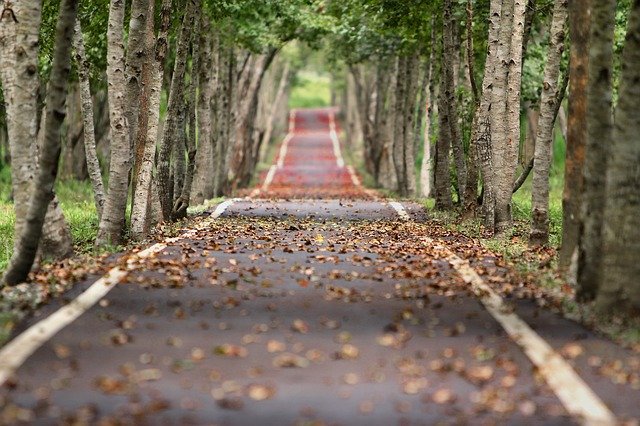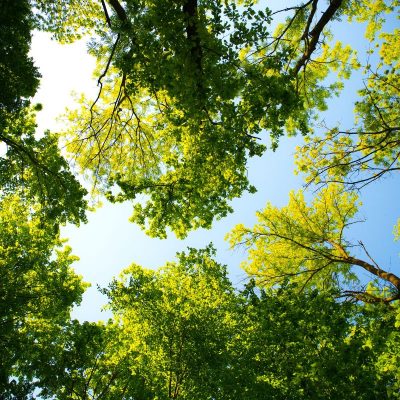How To Perform A Professional Tree Survey

Landowners with trees on their land are legally required to make sure the trees are safe. If an owner’s land is open to the general public, it is even more important to ensure the trees do not pose any safety or health hazards. Some trees might need to be braced so they are safe.
Tree surveys are well-known ways to get objective information on the trees present on a parcel of land. When a tree survey is being conducted, a range of different data is collected, including the location, age, species, and number of trees. If a pre-property development inspection is needed for a prospective construction site, the survey must be conducted in accordance with British Standard BS5837:2012. Tree health surveys should include information on damage, the presence of infestation or disease, health, and dimensions of the trees.
Below is a useful guide on how professional tree health surveys should be conducted. See here for ‘BS5837 tree survey in the New Forest area’.
Pre-plan Your Tree Health Survey
The survey needs to bet time so that certain diseases and infestations can be detected. It is critical to not miss many trees and that all parts of the land are covered. Therefore, some pre-planning is required. There are four proven ways to divide a big parcel of land up into manageable pieces.
Quarter point transects: The diseased tree is identified and then you travel in turn in a straight line first to the north and then to the south, the east, and the west, with other affected trees being recorded in the process.
Line transects: A series of evenly spaced transect lines are used by this method. As you are traveling along each of the lines, the trees to your right and left should be checked.
Radius Survey: For big expanses of large trees, the best thing to do is get a circular survey established with a specific radius and then continue to extend it out a couple of meters at a time until the process is completed.
Complete Survey: This type of survey is the most comprehensive. Every tree in a certain area of a specific species is examined.
Usually, the work is conducted from the ground. But in some situations, you will need to reach higher levels of the trees so that you can check the cavities and crowns that are high up. To do this you will need to have the right safety equipment.
Conducting a Tree Health Survey
As you are working your way through the trees, required the required details and mark them by location and species using tree tags. Each tree should be designated as poor, fair, or good, depending on the degree and nature of the damage. The following types of details are required:
- Presence of fungus
- Presence of ivy
- Condition of the tree roots
- Condition of the tree canopy
- Leaf color
- Size (including the crown spread)
- Physical condition (make a note of any damaged branches and deadwood)
- Life expectancy and age
- Location coordinates
- Species
Prepare an Impact Assessment
An Arboricultural Impact Assessment (AIA) is used to recommend which trees should be removed and make suggestions on other trees to potentially replace them. You should be aware that BS5837:2012 needs to be followed if you are going to conduct an Arboricultural survey and Tree Constraints Plan.
All reports should have information regarding any signs of trees being infected or infested with disease or pests. Pest infestations can potentially cause extensive damage to every part of a tree. The tree’s structure will eventually weaken and it may die. A weak tree is also dangerous for the public. Sensors and tomographs might need to be used to detect damage that can not be easily seen.









